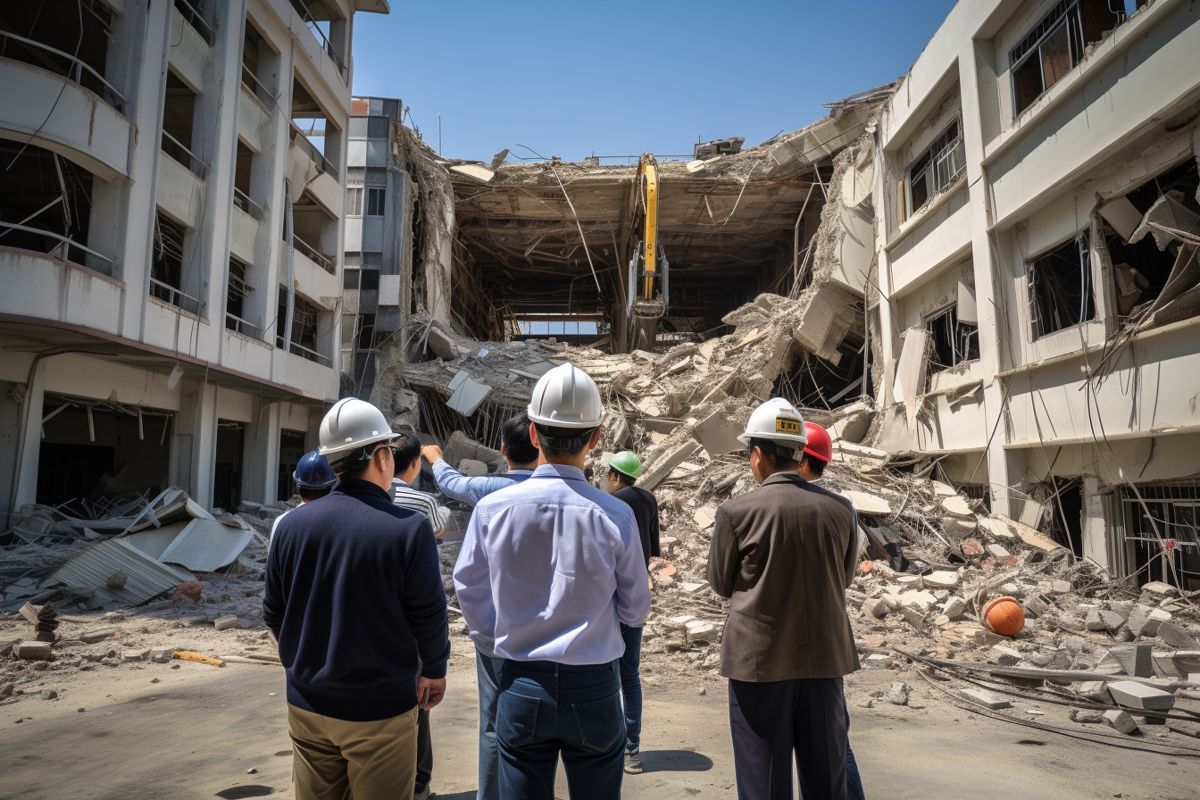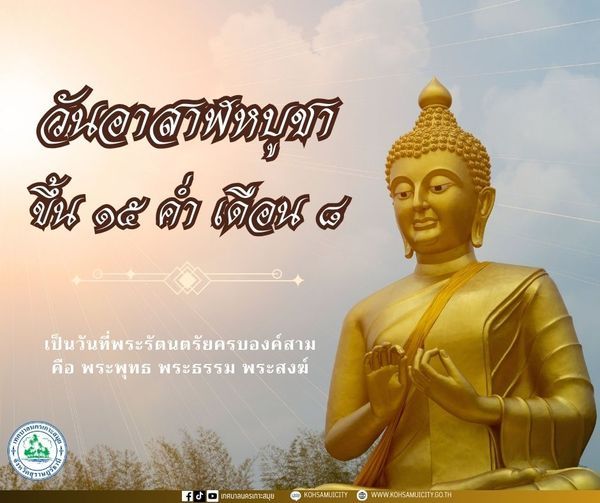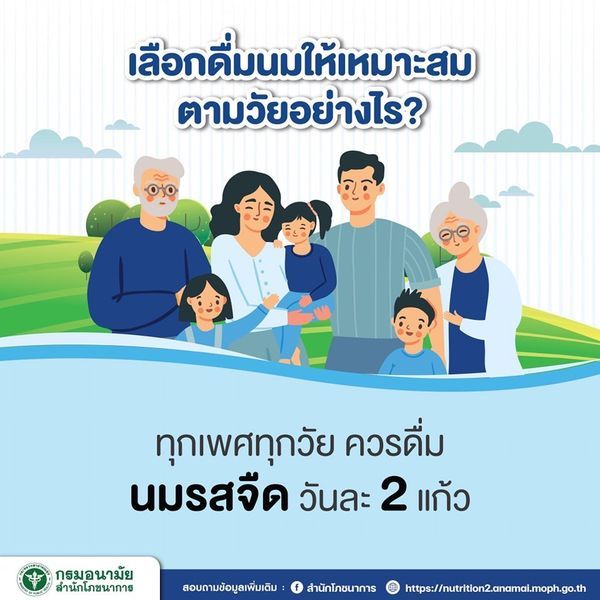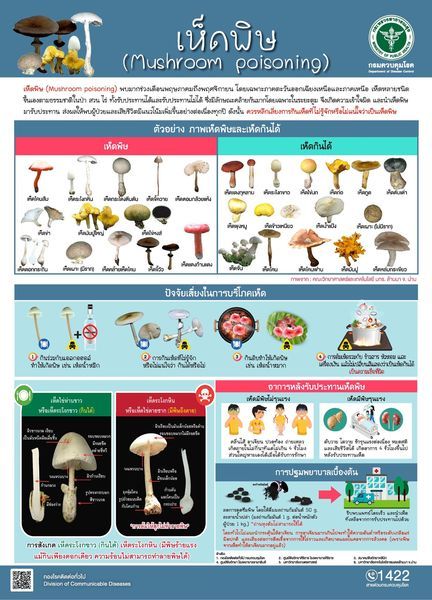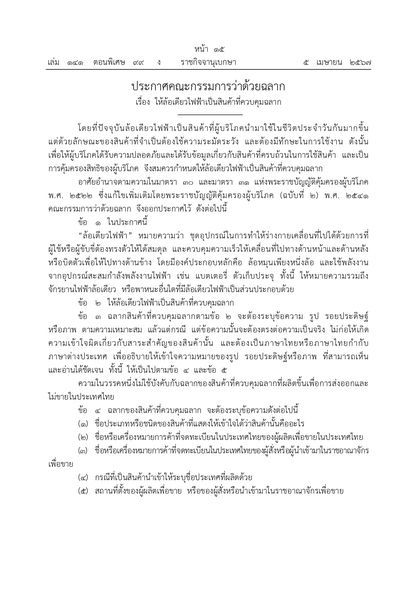Assessing the aftermath of the Myanmar earthquake, hospitals in Thailand are taking action to ensure safety by inspecting 14 hospital buildings for damages and associated risks. The earthquake has also highlighted the vulnerability of infrastructure, including cultural landmarks and critical medical facilities, but Thailand remains committed to resilience and public well-being as recovery efforts continue. #earthquakeaftermath #hospitalinspections #culturalheritage #resilience #recoveryefforts
Immediate Response to the Myanmar Quake
On a seemingly tranquil Friday morning, a 6.4 magnitude earthquake emanated from Myanmar, sending tremors across borders and into the hearts of many. The quake’s epicenter was pinpointed near Kengtung in Shan State, yet its reach extended approximately 100 kilometers to Thailand’s Mae Sai district in Chiang Rai. The reverberations were felt not only in the northern and northeastern provinces of Thailand but also subtly in Bangkok.
Hospital Inspections Underway
In the quake’s wake, the Ministry of Public Health has swiftly initiated a review of hospital buildings potentially affected by the tremors. Medical emergency response teams, including biomedical and civil engineers, have been tasked to scrutinize the structural integrity of 14 hospital buildings. Focused on areas that experienced the quake firsthand, these teams are on a mission to identify any internal damages and to assess associated risks.
Prioritizing Affected Regions
The Department of Health Service Support, under the leadership of Sura Wisetsak, has dispatched teams to 11 hospitals in Chiang Rai that have reported damages, along with two in Chiang Mai and one in Sakon Nakhon. These teams are poised to offer recovery support while remaining vigilant of potential aftershocks.
Enhancing Structural Resilience
Arkhom Praditsuwan, Deputy Chief of the Department, emphasizes the need for proactive measures. All ministry hospitals situated along fault lines have been ordered to reassess and fortify their structures. This directive aligns with the 2007 Building Control Act and stresses the incorporation of shock-proof technology in new constructions.
Impact and Recovery Efforts
The Department of Disaster Prevention and Mitigation has acknowledged the injuries of one individual in Chiang Rai, signifying the human toll of the quake. Officials have reported minor damages across seven districts in Chiang Rai alone, affecting numerous buildings including six hospitals, various residential structures, and a municipal office.
Cultural Heritage at Risk
The tremors did not spare cultural landmarks either. Wat Phumin, a cherished site in Nan, now bears the scars of the earthquake with visible cracks on its chapel ceiling and the venerable Buddha statue.
Health Facilities Compromised
Critical medical facilities, too, felt the quake’s disruption. Sakon Nakhon Hospital, particularly its emergency, accident, and outpatient units, displayed cracks on the walls, prompting inspections by the Engineering Institute of Thailand.
In Summary
The quake that originated in Myanmar has inevitably cast a spotlight on the vulnerability of infrastructure and the urgent necessity for earthquake-ready buildings. As Thailand navigates the aftermath, the focus on hospital safety and the collective recovery efforts underscore a commitment to resilience and public well-being.
Frequently Asked Questions
How are hospitals in Thailand responding to the recent earthquake aftermath?
Thailand’s hospitals are proactively ensuring safety post-earthquake by conducting detailed inspections of 14 hospital buildings to check for damages and associated risks. Specialized medical emergency response teams have been mobilized to scrutinize the structural integrity of the affected facilities, with particular focus on regions that experienced the tremors most acutely.
What immediate actions were taken following the Myanmar earthquake?
In the immediate aftermath of the Myanmar earthquake, the Ministry of Public Health in Thailand launched a swift review of potentially affected hospital buildings. The Department of Health Service Support sent teams to assess damage in 11 hospitals in Chiang Rai that reported damages, two in Chiang Mai, and one in Sakon Nakhon, ensuring readiness for potential aftershocks and offering recovery support.
What measures are being taken to protect cultural heritage and critical medical facilities from earthquakes?
Thailand’s response to protecting cultural heritage and critical medical facilities includes the implementation of proactive measures such as reassessing and fortifying structures, particularly those along fault lines. This involves complying with the 2007 Building Control Act and incorporating earthquake-resistant technologies into new constructions. Cultural landmarks, like Wat Phumin, and critical medical facilities, such as Sakon Nakhon Hospital, are also undergoing inspections and repairs to address the earthquake-induced damages.
